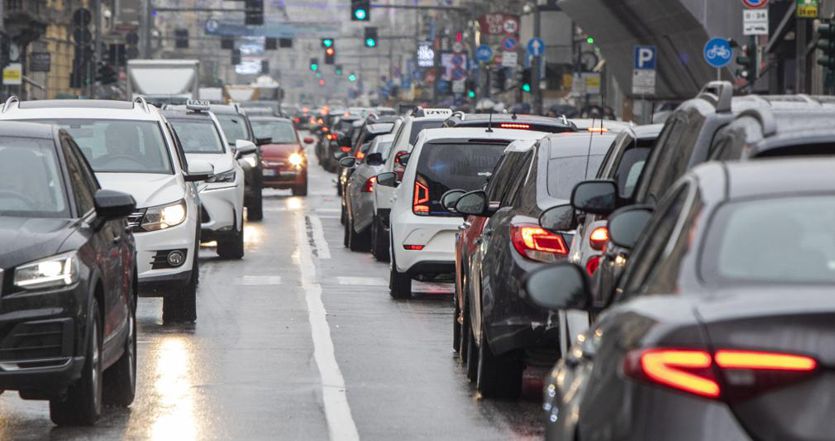The Italians are back to moving as in the pre-pandemic period. The car remains the preferred means of transport (2 out of 3 usually use it), while public transport is struggling to be competitive and short-term rental must recover after a vertical fall last year.
This is a first figure that emerges from the study “Italy rekindles the engines of mobility – New needs or consolidated habits?” conducted by Aniasa, the Association that represents the mobility services sector within Confindustria, and by the strategic consulting firm Bain & Company.
The greater use of cars is not translating into greater sales, on the contrary the campaign against diesel and petrol fueling has penalized the market and today electricity is purchased almost exclusively in the metropolises of the Center-North and by corporate fleets. With the gradual return to work in the presence, alternative forms of mobility (scooters and e-bikes, above all) are less used than expected.
Mobility overview in Italy
More than a year after the outbreak of the pandemic, it is necessary to take stock of the situation on mobility and the automotive industry in Italy. To interpret how the pandemic emergency has changed the mobility habits of Italians and to verify whether the new forms of “green” mobility will offer a concrete alternative to the car, a research conducted by Bain & Company was carried out on a widely representative sample of 1,000 residents in the main Italian cities, interviewed in May 2021.
Loading…
Car use has returned to pre-Covid levels. Stop shopping
According to the Italian Public Accounts Observatory, the automotive sector is the sector most affected by the crisis, with a cash loss of 10 billion euros in 2020 and an increase in debt of around 9 billion. , on the other hand, after numerous lockdowns, the use of the car has returned to pre-Covid levels: 2 out of 3 Italians use it to move around, while there is an increasingly limited use of local public transport, where only 42% of sample uses it recurrently. However, the greater use of four wheels does not translate into new car sales, which remained in the first 5 months of 2021 even below the levels of 2019 (-28% vs May 2019). In fact, Italians prefer to buy a used car or keep the old car owned, perhaps Euro 2 or Euro 3 with a consequent impact on pollution.
Micro-mobility solutions do not replace the car
The car in particular is the preferred means of transport for those moving to the suburbs, where public transport is less present, and for commuters. A significant trend in recent months concerns travel by bicycle (with a boom in purchases, 2 million in 2020 alone) and on scooters (125,000 pieces sold in the first 7 months of 2020), with many new operators quickly born in big cities like Milan and Rome. The bicycle, however, for 69% of its users, is a means used exclusively in free time and therefore does not replace other forms of mobility. A similar case also applies to those who instead frequently use car sharing and scooters: in most cases, they do not have a personal car and use them in combination with local public transport. Motorists (including commuters) and users of micro-mobility have two very different profiles and it is therefore impossible to think of replacing the car with micro-mobility.
Smart working: how mobility has changed
Another important factor that has had a decisive impact on mobility consumption in recent months is remote work. According to the research, the car today is used mostly by those who claim to work less remotely, while car sharing and scooters are used mainly by those who work from home (for more than 3 days a week). The fact is that consumers are progressively returning to work on-site, with remote working days which, after rising from less than 1 in 2019 to almost 3 per week in 2020, have now already returned to around 2 days. . This trend, in a context in which public transport struggles to remain competitive, is favoring the return to the use of personal cars. The car therefore wins the game of mobility at the moment. Short-term rental: sharp contraction during the pandemic The crisis in demand induced by the pandemic has hit car rental hard. After seven years of continuous records in registrations and turnover, which led it to represent 25% of the automotive market, 2020 marked a sharp slowdown. It has gone from 520 thousand registrations in 2019 (cars and commercial vehicles) to 355 thousand last year, with a vertical drop of 32%. The pandemic has had a diversified impact on the different businesses of pay-per-use mobility: short-term rental and sharing activities have collapsed, the long-term has well maintained.
